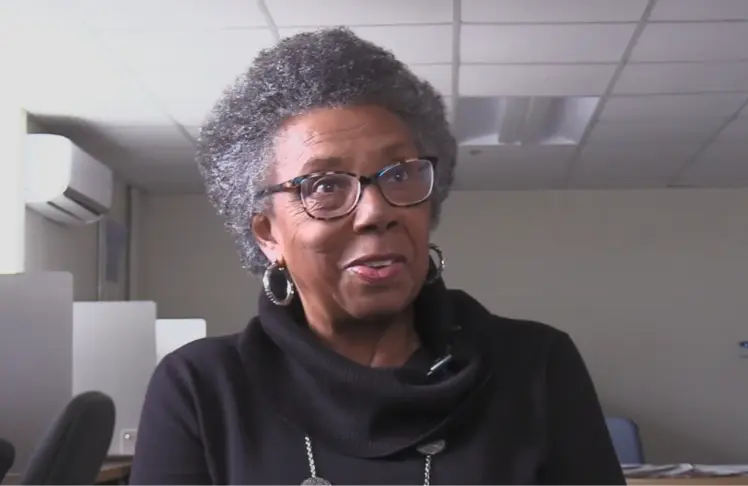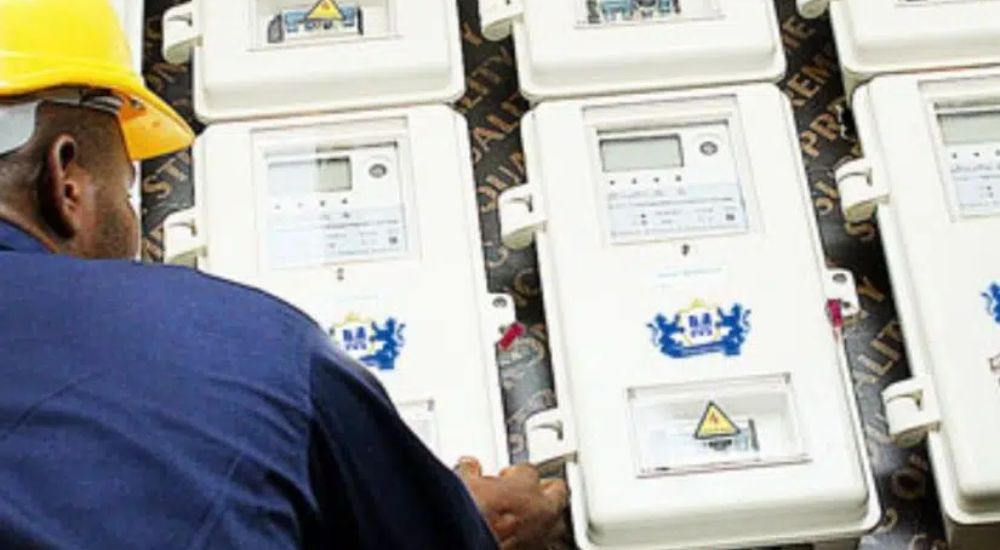A record 520,000 migrants crossed the treacherous jungle corridor connecting Colombia and Panamá – known as the Darién Gap – in 2023. Less than a decade ago, that figure was only a few thousand, but the number has been doubling annually in recent years, and a further surge is expected in 2024.
“2023 has broken all records. It has been a huge, terrible maelstrom,” Elías Cornejo, who runs Fe y Alegría, an NGO promoting education and social advancement for migrants in Panamá, told The New Humanitarian. “And we expect a new increase [in 2024].”
Services like Fe y Alegría – on both sides of the Colombia-Panama border – are becoming engulfed as the needs of vast numbers of vulnerable people traversing dangerous territory overwhelm local communities and aid groups trying to help.
The migrants take the 97-kilometre jungle trek – over steep and muddy terrain and along fast-flowing rivers – because it is the only overland route from South America into Central America. Once in Panamá, where government reception centres are overrun, most hope to head northwards through Mexico to the southern US border, but these journeys are also full of risks.
As they cross the Darién Gap and beyond, migrants face unchecked abuses by criminal groups, rampant sexual violence, a cascade of physical and mental health impacts, and worse: Between January 2021 and March 2023, Panamanian authorities found a reported 124 bodies on the route, mostly through drowning, but that’s thought to be a fraction of the real number of deaths, as many go unreported.
Many making these difficult journeys are escaping regional violence and economic crises in countries like Venezuela, Haiti, and Cuba, but increasing numbers have also been coming from countries in the Middle East, Africa, and Asia, including China.
With no sign of a let-up in 2024, here are six graphs (and one map) that show the scale and evolving nature of the crisis, with analysis to unpack those trends.
The exponential rise in Darién Gap crossings
A number of factors caused the dramatic 2023 uptick in Darién Gap crossings. Changes in migration policies across the region have made it more difficult for those trying to reach the United States from South America to cross borders legally. Several countries imposed visa restrictions on Venezuelans and Haitians, even as countries such as Chile and Peru militarised their borders, pushing migrants to leave northward. In 2023, US President Joe Biden’s administration ended Title 42 – a pandemic-era border restriction – which motivated more people to head to the United States even though Biden soon adopted measures making it extremely difficult for them to seek asylum, and ramped up deportations. The lack of adequate integration policies has also been a driver. Among Haitians and Venezuelans in the Darién, many are migrating for the second time, from countries such as Brazil and Chile where they faced xenophobia, obstacles to regularise their status, and poor job opportunities. In April, Panamá, Colombia and the United States agreed on a tripartite plan to open up new regular migration routes to stem the flow, but so far no progress has been made.
Dozens of different nationalities now cross, but the majority in 2023 were Venezuelan
From 2019 to 2022, most migrants crossing the Darién were Haitian and Cuban, but in the past two years Venezuelans have taken the lead, and the number of Ecuadorians seeking to escape from violence and poverty has also significantly increased. However, far from all the migrants crossing the Darién are Latin American, and the growing presence of migrants from other continents is garnering the attention of humanitarians, who must now cater their responses to those who don’t speak Spanish and are foreigners to the region. Chinese, Afghans, Indians, and nationals of different African countries have to confront language and cultural barriers, as well as the other dangers.
Movements and routes through the Darién Gap
The journey through the Darién Gap usually starts in the Colombian ports of Necoclí or Turbo, where local communities offer maritime transportation to the towns of Acandí or Capurganá. Migrants are charged high amounts of money for every section of the trip. After crossing by boat, they must pay again to be allowed to continue through the jungle to the Panamanian side. There are three main paths leading to the government-run reception centres of Lajas Blancas and San Vicente, through the communities of Bajo Chiquito or Canaán Membrillo. The crossing lasts from 5 to 15 days and total costs range from $435 to more than $1,000 per person. There is also a more expensive VIP route, mostly used by Chinese. Migrants and asylum seekers then continue their trip to the Temporary Attention Center for Migrants (CATEM) in Costa Rica, from where, since October, they are directly transferred by bus to the Costa Rica-Nicaragua border. Many, however, run out of money before starting the trek and remain stranded in Turbo and Necoclí, where they are vulnerable to extortion, violence, and human trafficking.
The number of children crossing has also soared
According to Diana Romero, emergency specialist at UNICEF Panamá, one in five migrants crossing the Darién is a child – half of them under the age of five. Although there are no accurate figures, there are many reports of children dying during the trek. The number of unaccompanied children is of particular concern. In 2022, UNICEF assisted about 1,000 unaccompanied minors, but in 2023 that figure reached 3,300. Of those, 67% were teenagers, 21% children aged between 6 and 12, and of the rest, 10% are babies, Romero said. Often, younger children get separated from their relatives during the trek only managing to reunite later on. According to Francisco Pulido, Plan International´s director of humanitarian action and stabilisation in Colombia, teenagers tend to travel in friend groups – often motivated by misinformation shared on social media. In other cases, the entire family cannot afford to continue the trek so parents leave their children in camps, hoping to send them money to follow on later.
The growing medical caseload
Most of the medical cases that aid organisations come across and treat are related to the dangers of the jungle itself, or due to the lack of access to clean water and food en route. There’s no data available, but humanitarian groups say there has also been a rising number of migrants travelling with pre-existing chronic conditions – psychiatric disorders, diabetes, hypertension, or asthma. These people often require emergency assistance because their medications get lost or stolen.
The lack of mental health support
The traumatic experience of those crossing the Darién is also causing high numbers of mental health consultations. According to a recent Action Against Hunger report, women bear the brunt, and are often carrying children with no support. While survivors of sexual violence may suffer from depression, suicidal thoughts, and sleep disorders, others feel the emotional burdens and stress of caring for the family in such extreme conditions.
Rising sexual violence
During 2022, Médecins Sans Frontières (MSF) treated 232 survivors of sexual violence in the Darién Gap. Between January and November 2023, that number had soared to 462. “According to what patients tell us, the modus operandi is getting crueller,” Cristina Zugasti, MSF representative in Panamá, told The New Humanitarian. “Large groups are being kidnapped, forced to lay down face to the ground, and then robbed, physically attacked, and sexually abused.” MSF figures, she added, are much lower than the reality. Many cases remain unreported because survivors don’t see sexual attacks as a medical emergency, and they also don’t want to delay the arrivals to their destinations. Threats from the perpetrators are another reason for survivors not to seek assistance.
Reported from Santiago, Chile by Daniela Mohor, with data visualisation from Zurich, Switzerland by Sofía Kuan.









